Trees For Life
We are a conservation charity dedicated to rewilding the Scottish Highlands. We have established 44 tree planting sites and planted nearly two million trees.
Carbon offsetting and sustainability are two words that often get thrown around, but what do they actually mean, how can they be measured and how do you know where your offsetting spend is actually going?
These are very complicated questions often met with a variety of answers. That’s why we were drawn to Trees For Life, a charity looking to rewild the Scottish Highlands to provide space for wildlife to flourish and communities to thrive. So for every trip, and for every traveller’s birthday, we plant a tree and now our very own nemo forest is growing!
We sat down with Catherine to learn more about Trees for Life and what they’ve been up to. Enjoy…
Can you tell us a little bit about why rewilding is important, particularly in the area of the Scotland Highlands you are operating in?
Absolutely. To give a bit of background information, a few thousand years ago this area in Scotland would have been completely covered in forest, but due to human factors, the consequence has been a complete decimation of the fauna and flora balance up here.
So when the charity started in the late 80s, it was with the view to bring that balance back. Rewilding is very much about the holistic picture of having that flourishing biodiversity.
We have about 4,000 species of plants and wildlife up here, which is incredible. We need to understand the human factors that contribute to the problem and work with local communities to find solutions.
For example, flourishing woodland will help stop flooding, which has been a real problem up here in the last few years. So it’s all about the sensitive balance between the local landlords and the project.
In terms of the species we plant up here, they are all native Scottish species and we plant in a way that mimics how they would grow naturally. So everything is planted sympathetically and there won’t be one big section of willows or oak trees or aspen. Everything, therefore, looks very natural with the landscape.
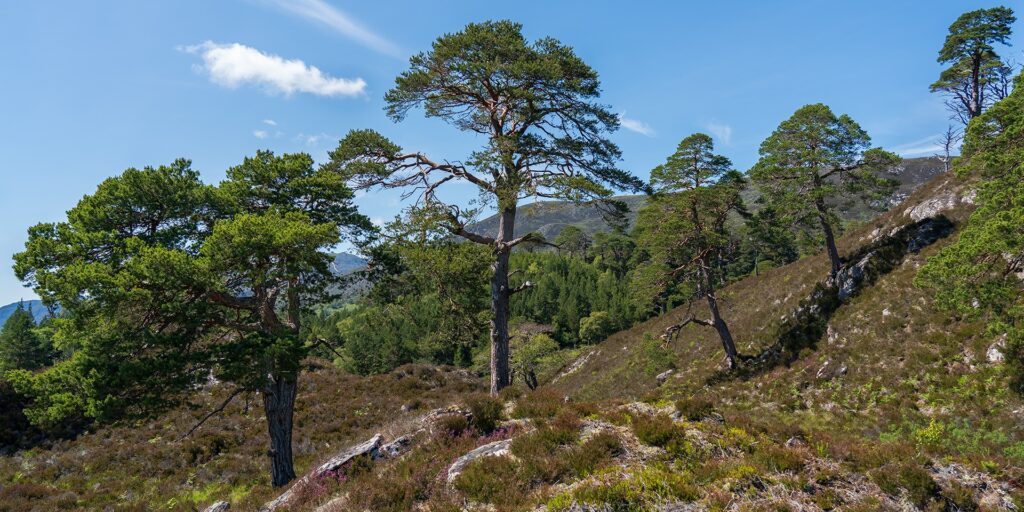
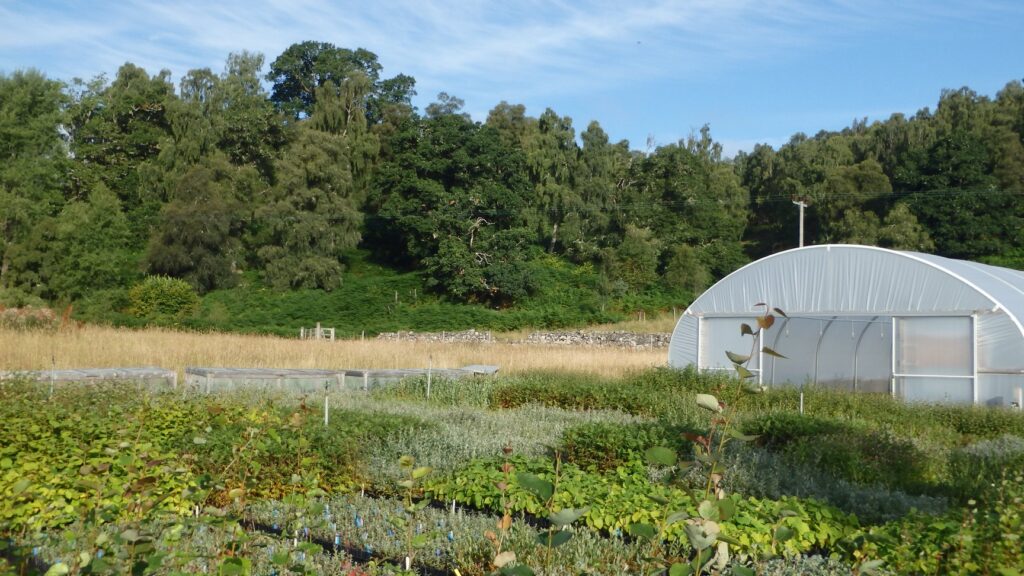
That’s great. In terms of wildlife, has the rewilding had much of an impact on re-introducing the local wildlife? I saw that the red squirrel introduction was part of the project as well.
Yes, we are doing population translocation. So we put them in cages and then place the wildlife in areas where they can flourish, which has been really successful. Having really rich biodiversity has meant an increase in osprey populations and all sorts of birds and moths, which is great to see.
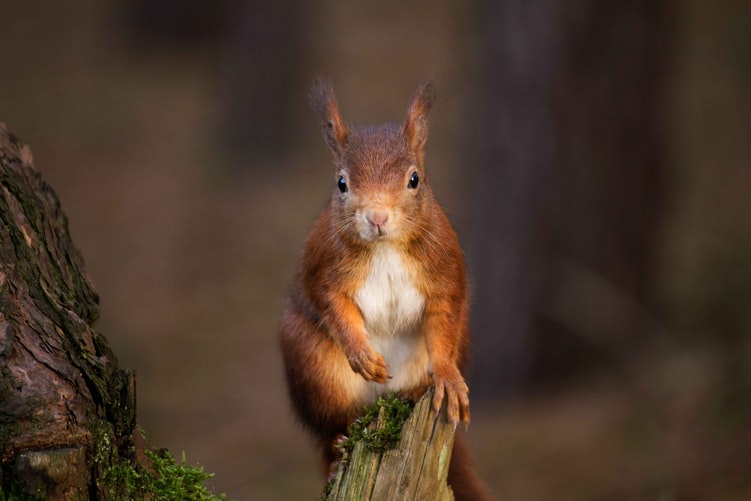
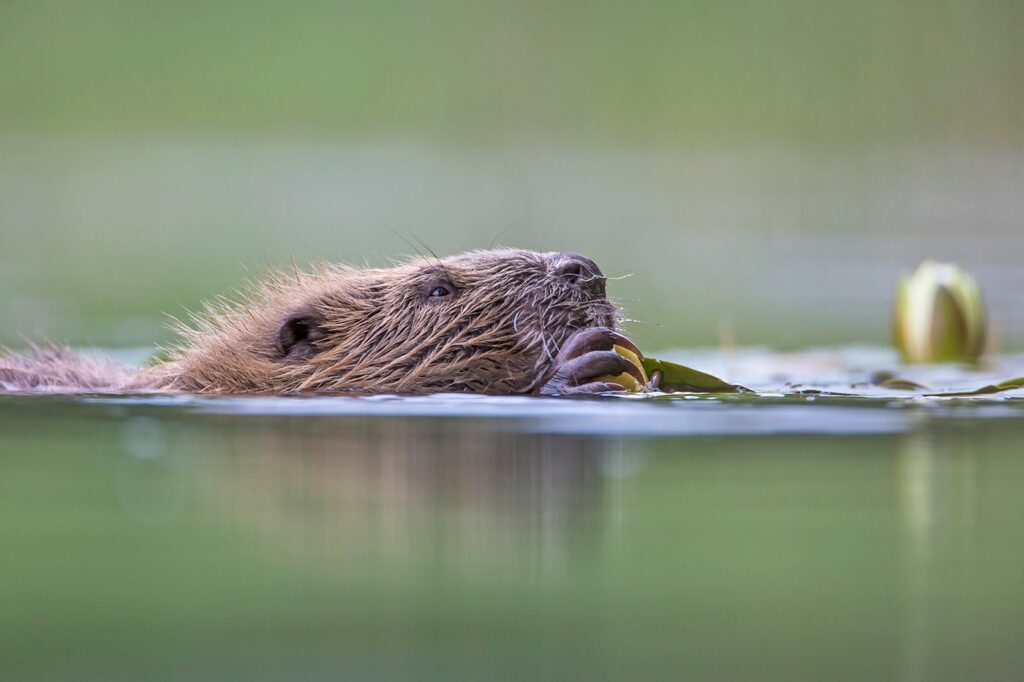
That’s great – and is it largely volunteers that help with this planting or do you have people on full-time, as keeping on top of the nursery must take a lot of care and attention?
Yes we do have a lot of volunteers that come up and we are very keen on that, as we know the positive impact that has on people. Just being in and around nature is so beneficial. So it’s a mix of volunteers who come up, full-time staff, and people from the corporate schemes.
Everyone who comes gets to learn about the whole picture, so they don’t just plant the trees.
We even have a little bothy on site that people come up and stay in!
Brilliant! And how many trees have actually been planted throughout the whole project?
About 2 million! Over the 25 years, which is impressive.
Someone asked what our target was the other day and the nice thing is we don’t really have one, we just want to keep on planting and see how we go.
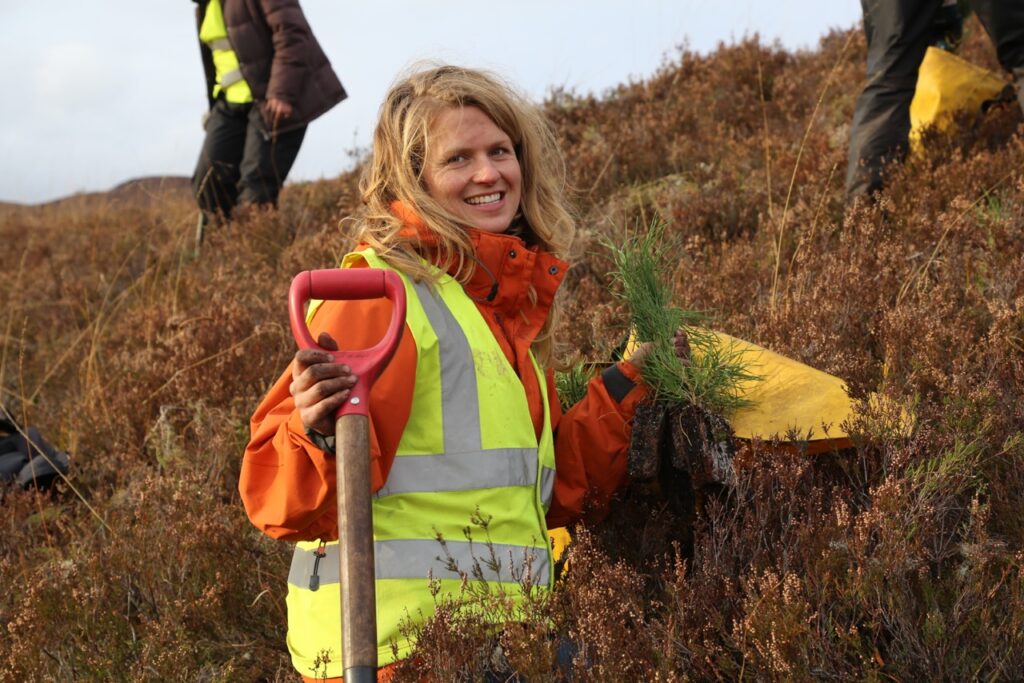
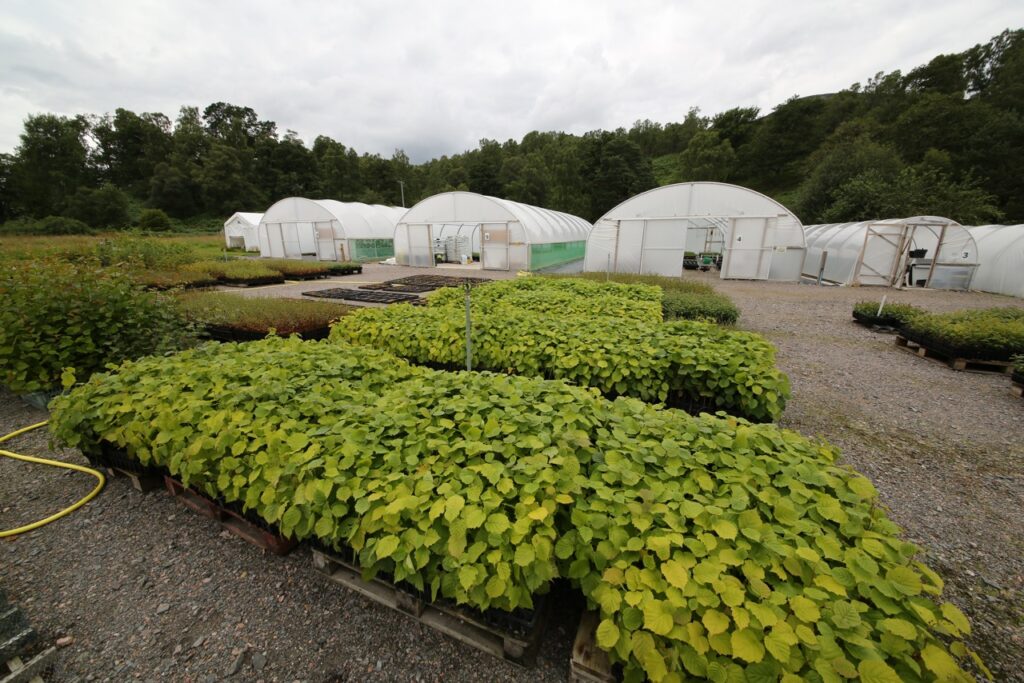
What are the kind of challenges you face re-wilding in these areas?
We always try to work in consultation with the local communities. We are building a rewilding centre up here which will create local jobs and use local suppliers and materials to build it. Any resistance tends to come understandably from local farmers who might think it will impact their work, but this is usually smoothed over and eventually seen as a benefit to their land once the information is shared and the conversations had.
It’s all about just talking about it and finding the best solution for everyone.
Global warming and carbon offsetting is obviously very topical right now, what are your thoughts on this in reference to what you guys are doing?
What’s heartening for us to hear is that lots of people are focussed on climate change and carbon offsetting, and while it’s obviously an important part of what we are doing it’s not the sole purpose, it’s a side effect.
Lots of companies do kind of ‘conscious’ offsetting, whereas we don’t plant an orchard of trees for the sake of it if you see what I mean. So I think people are coming around to that bigger picture idea of why we are really doing this which is really nice.
That’s why we really love this project, to be honest. It’s nice and straightforward in so many ways and everyone knows where the money is going.
Exactly. A carbon calculator is dependent on so many different factors. Where the tree is planted for example, the soil it’s in…. so when companies ask us to offset a certain amount of CO2 we can’t give a specific answer.
We just want to plant the trees and keep re-wilding!
That’s great to hear. We’re not quite sure how many counts as a forest but we’ll be contributing as much as possible. Thank you for your time, Catherine.
We are a conservation charity dedicated to rewilding the Scottish Highlands. We have established 44 tree planting sites and planted nearly two million trees.